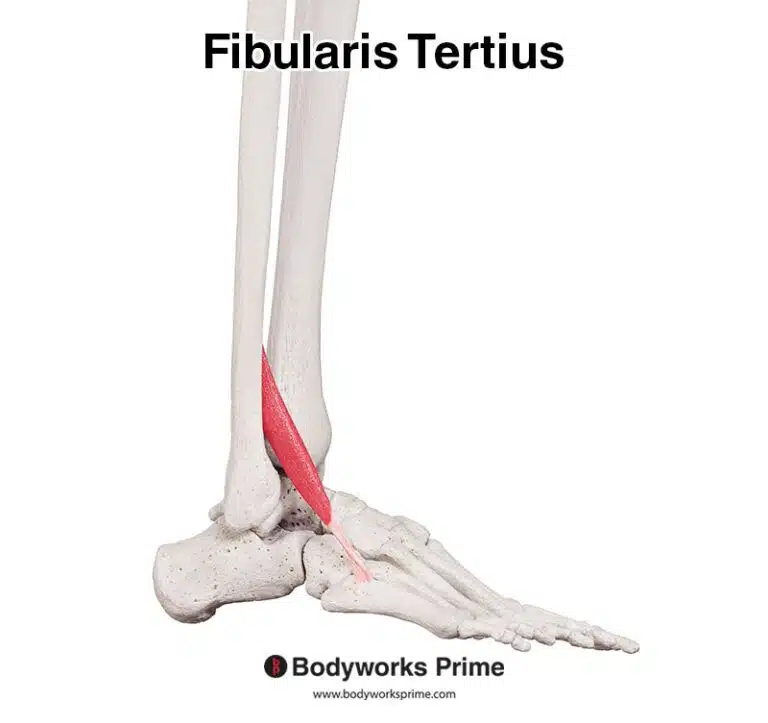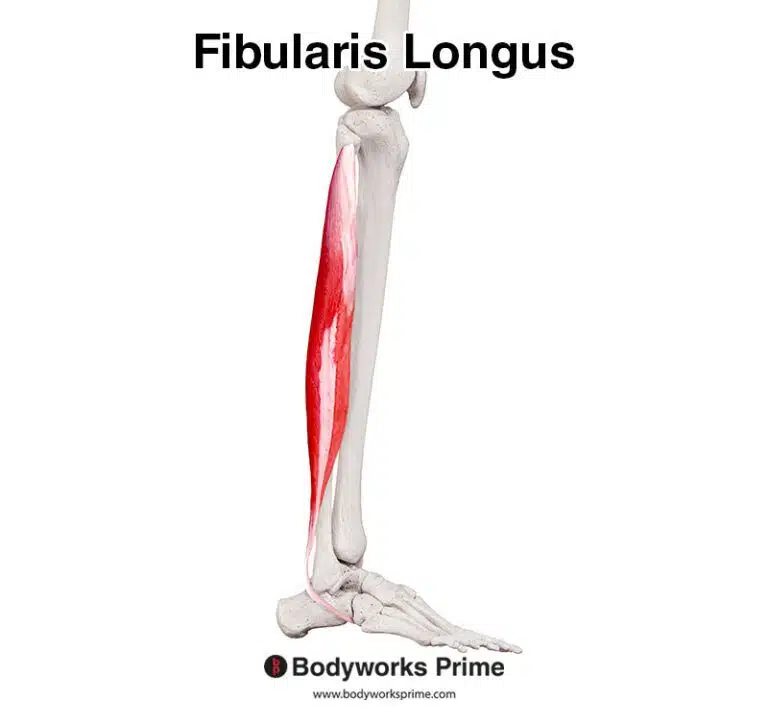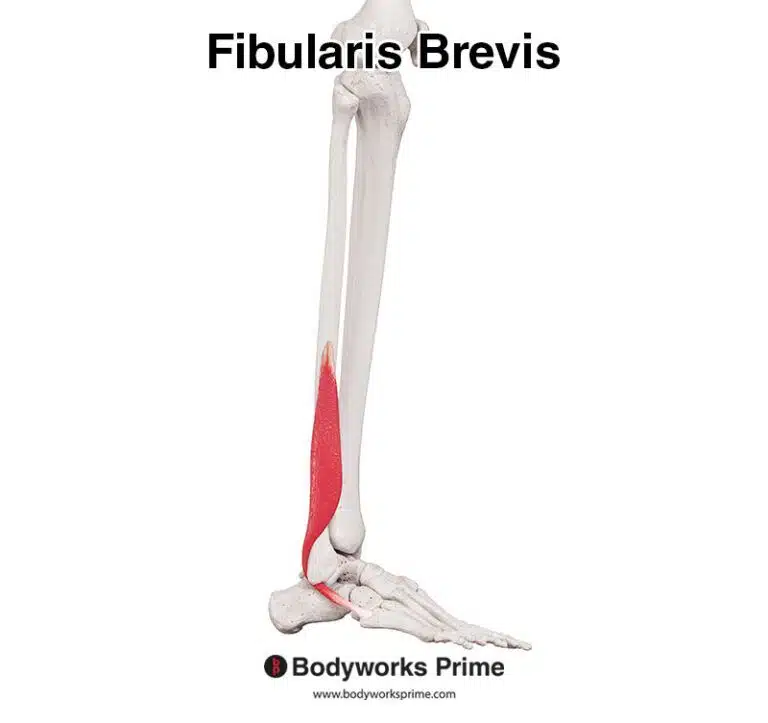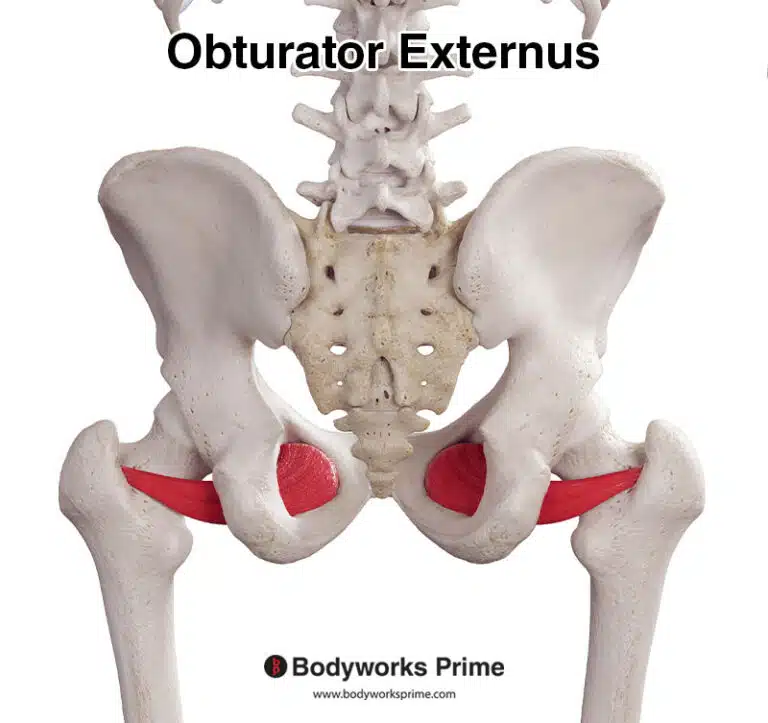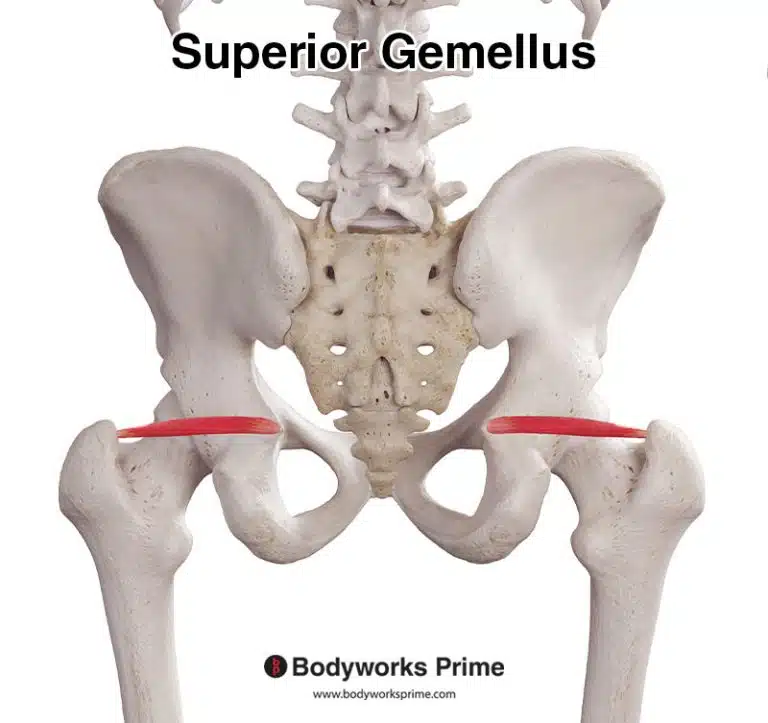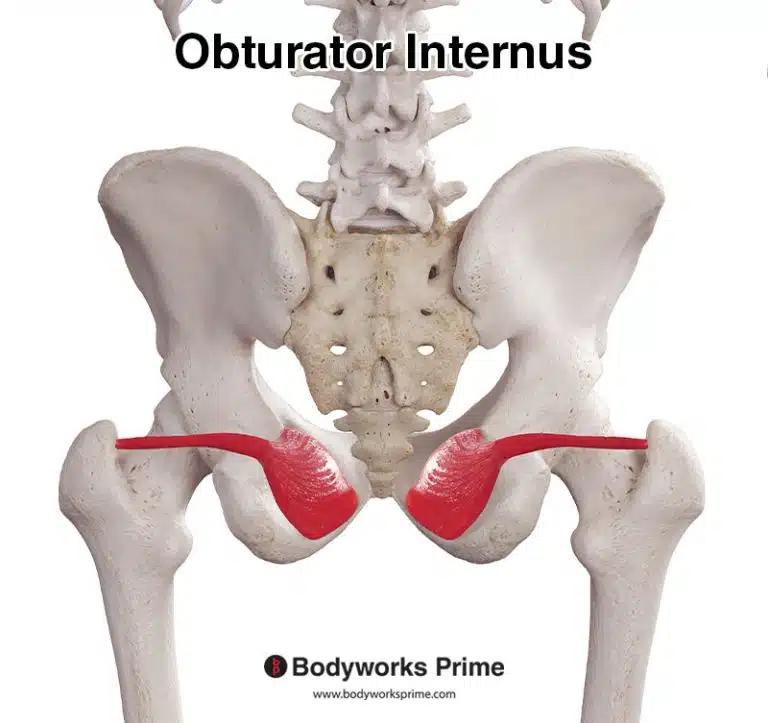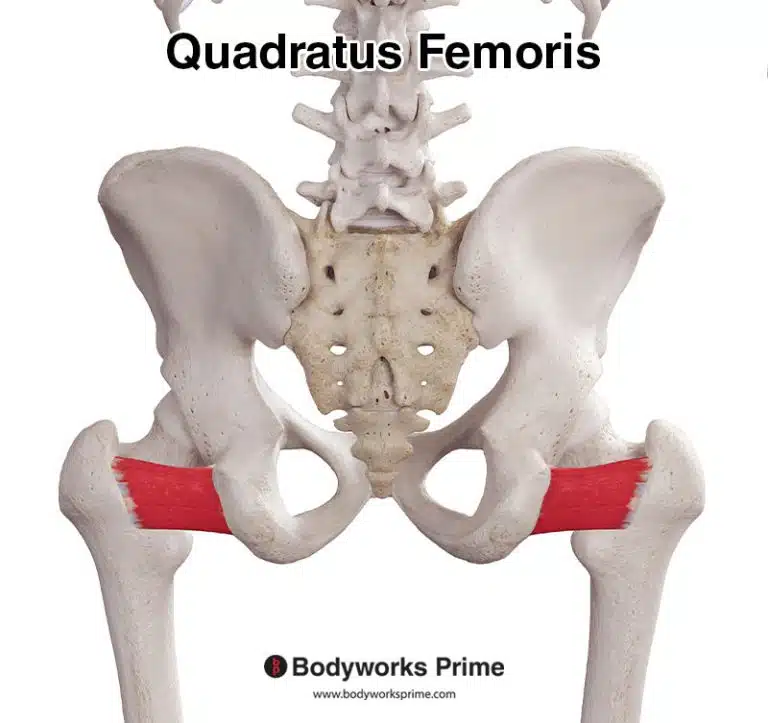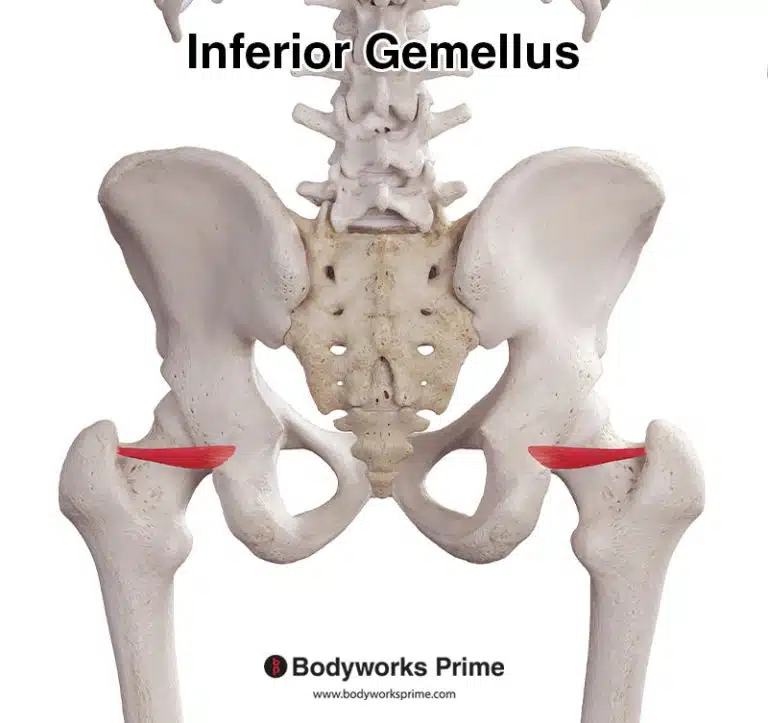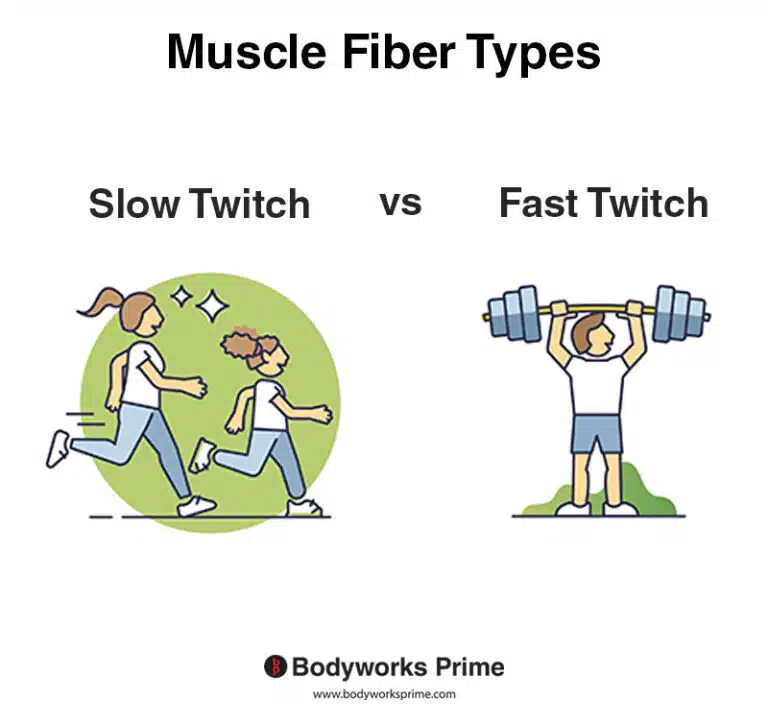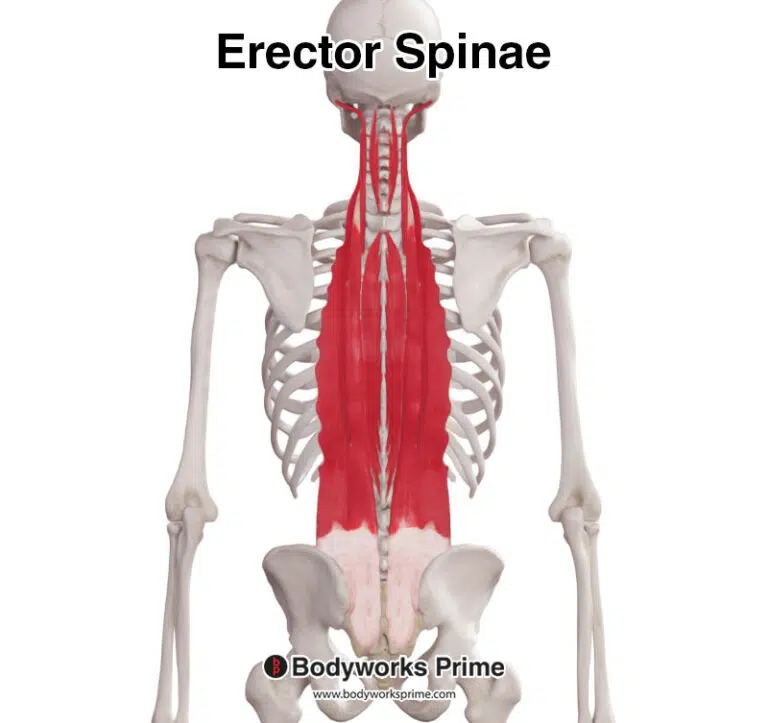| Origin | Medial epicondyle of the humerus |
| Insertion | Bases of the second and third metacarpal bones |
| Action | Flexion of the wrist joint Abduction of the wrist joint |
| Nerve | Median nerve (C6-C7) |
| Artery | Radial artery Posterior branch of the ulnar recurrent artery |
Location & Overview
The flexor carpi radialis as a superficial muscle located in the forearm. It is a long and relatively thin muscle running just laterally of flexor digitorum superficialis. It connects the humerus to the metacarpals in the hands. Its visibility from the skin’s surface is more pronounced during wrist flexion. It is one of four muscles in the superficial layer of the anterior compartment of the forearm. The other three are: the palmaris longus, flexor carpi ulnaris, and the pronator teres [1].
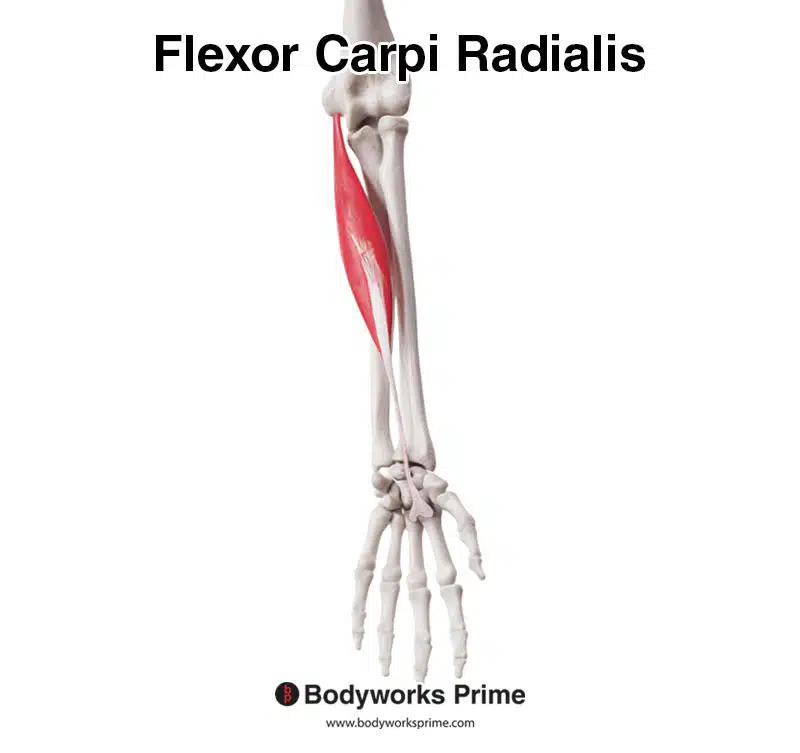
Here we can see the flexor carpi radialis from an anterior view.

Here we can see the flexor carpi radialis from a medial view.
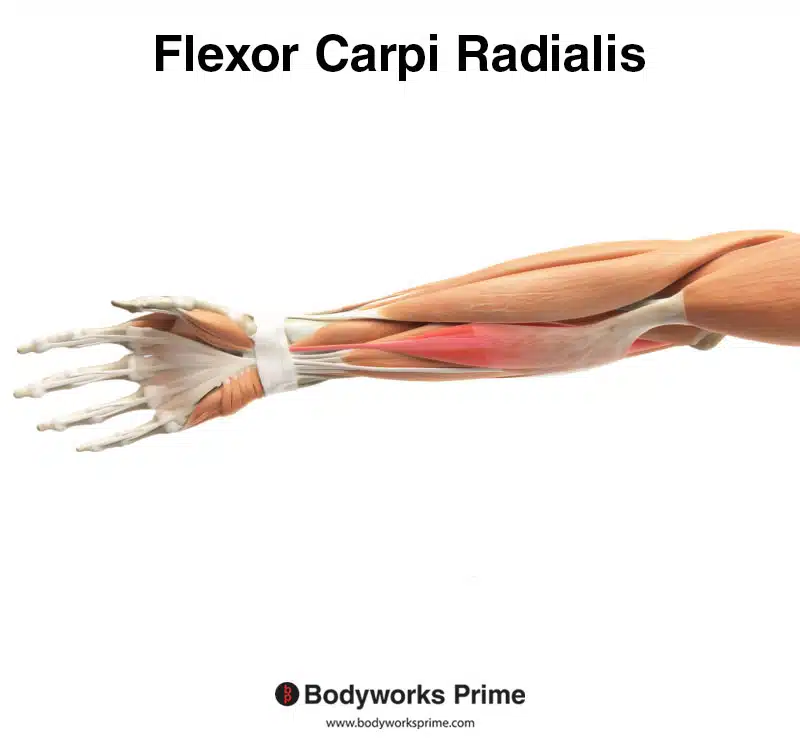
Here we can see an anterior view of the flexor carpi radialis, highlighted in red, amongst the other muscles of the arm. The tissue overlaying the flexor carpi radialis at the proximal forearm is the bicipital aponeurosis.
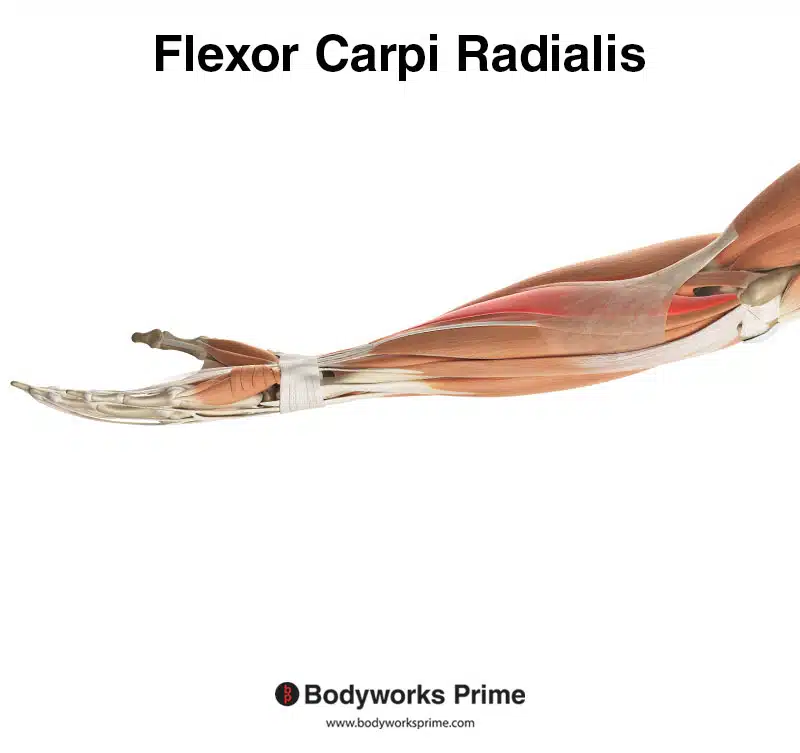
Here we can see a medial view of the flexor carpi radialis, highlighted in red, amongst the other muscles of the arm. The tissue overlaying the flexor carpi radialis at the proximal forearm is the bicipital aponeurosis.
Origin & Insertion
The flexor carpi radialis originates on the medial epicondyle of the humerus. It then travels down towards the lateral side of the forearm. Once it reaches the wrist, its tendon then continues downwards to insert at the bases of the second and third metacarpal bones [2] [3] [4] [5].
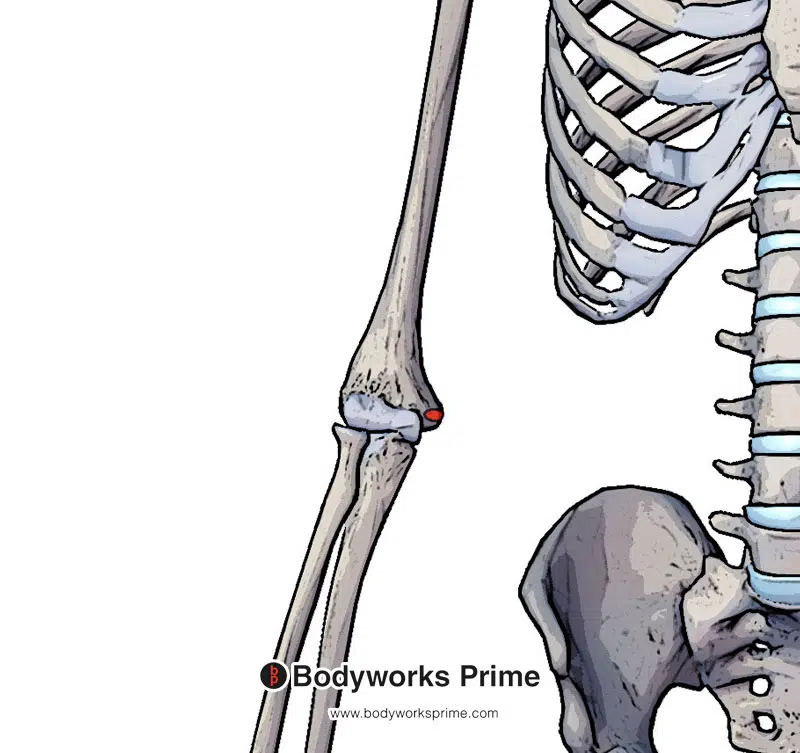
Highlighted in red is the origin of the flexor carpi radialis on the medial epicondyle of the humerus.
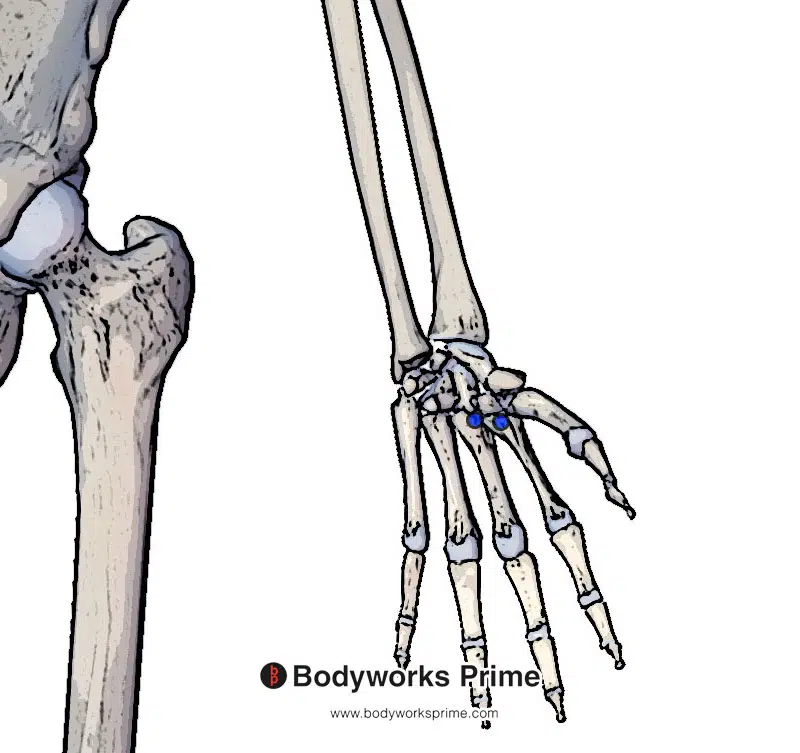
Highlighted in blue is the insertion of the flexor carpi radialis on the bases of the second and third metacarpal bones.
Actions
The main function of the flexor carpi radialis is to perform flexion at the wrist joint. It also plays an assistive role in performing abduction of the hand and wrist [6] [7].
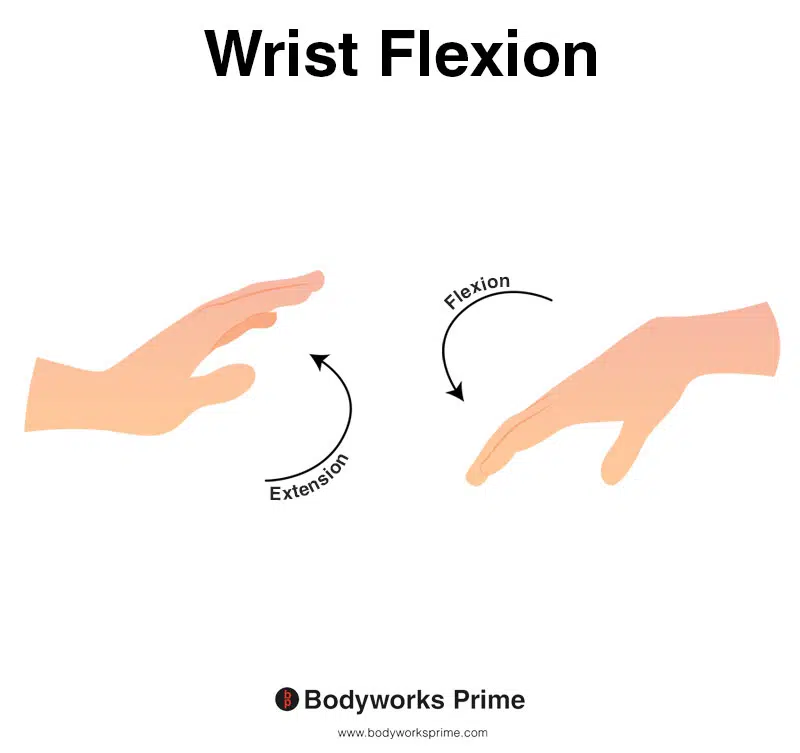
This image shows wrist flexion, a motion that involves bending the wrist towards the anterior surface, or the underside, of the forearm. Conversely, wrist extension refers to the movement of extending the wrist towards the posterior surface, or the top side, of the forearm. Wrist flexion is the main action of the flexor carpi radialis.
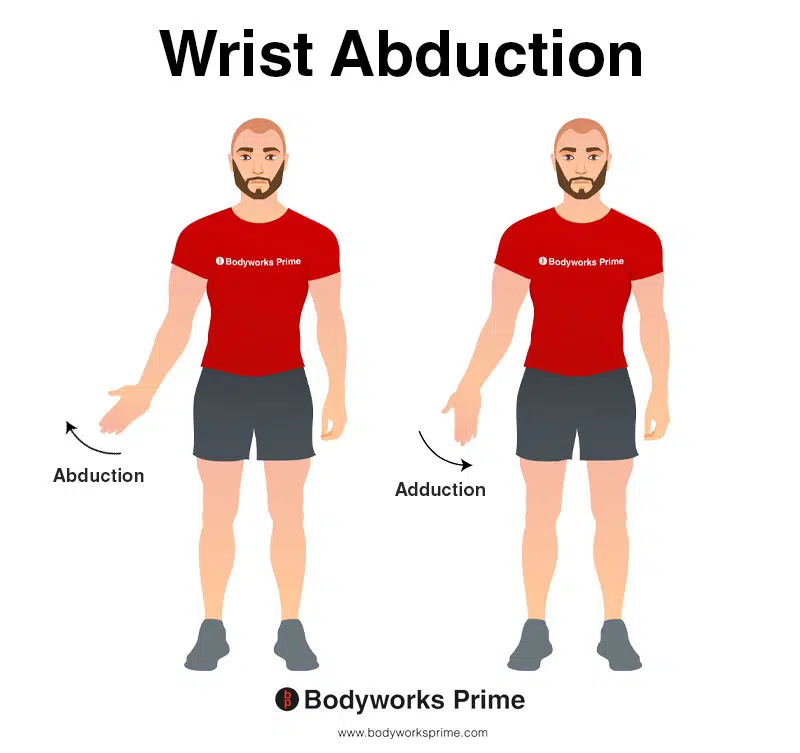
This image shows wrist abduction, a movement in which the wrist bends sideways towards the thumb. In the anatomical position, wrist abduction occurs away from the body. The opposite motion of wrist abduction is wrist adduction. The flexor carpi radialis play an assistive role in performing wrist abduction. Wrist abduction is not the flexor carpi radialis’ primary action.
Innervation
Innervation of the flexor carpi radialis is provided by the median nerve (C6-C7). The median nerve is part of the brachial plexus [8].
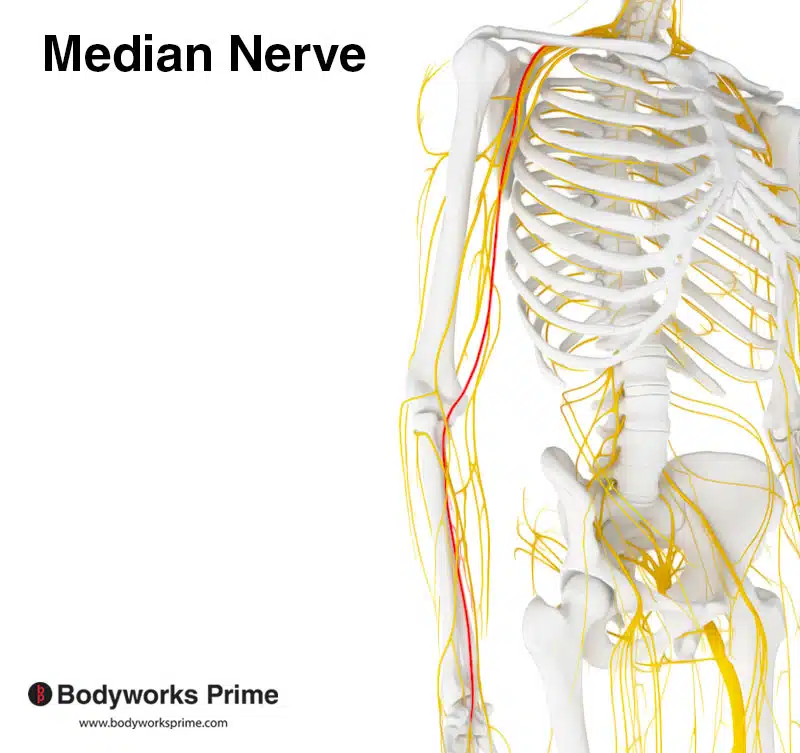
Pictured here we can see the median nerve which innervates the flexor carpi radialis. The specific nerve roots which innervate it are C6 and C7.
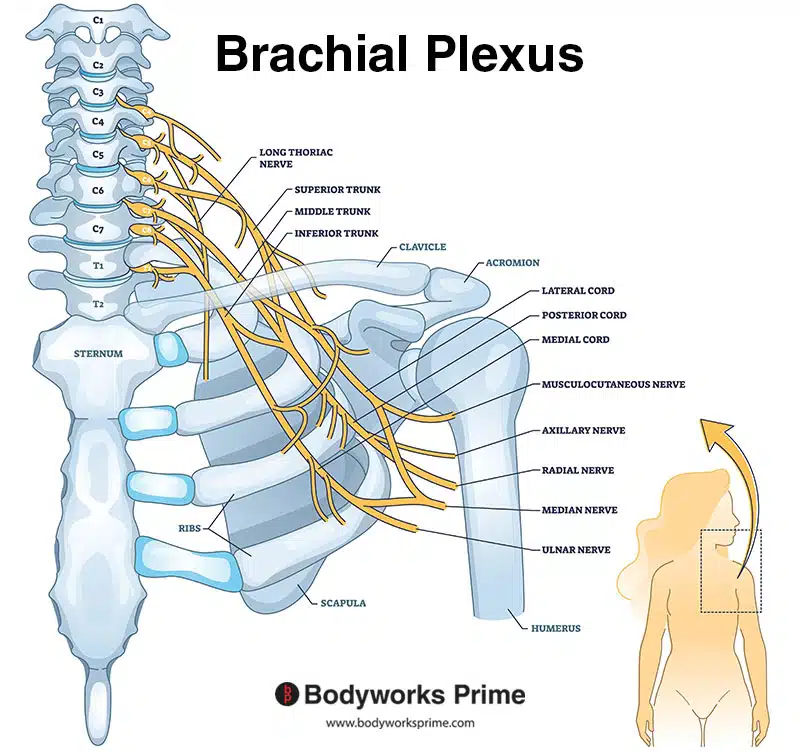
Pictured here we can see the brachial plexus. As you can see from the image, the median nerve is a branch of the brachial plexus.
Blood Supply
Blood is supplied to the flexor carpi radialis via the radial artery and the posterior branch of the ulnar recurrent artery [9] [10].
Want some flashcards to help you remember this information? Then click the link below:
Flexor Carpi Radialis Flashcards
Support Bodyworks Prime
Running a website and YouTube channel can be expensive. Your donation helps support the creation of more content for my website and YouTube channel. All donation proceeds go towards covering expenses only. Every contribution, big or small, makes a difference!
References
| ↑1, ↑3, ↑6, ↑8, ↑10 | Moore KL, Agur AMR, Dalley AF. Clinically Oriented Anatomy. 8th ed. Philadelphia: Lippincot Williams & Wilkins; 2017. |
|---|---|
| ↑2 | Schmidt HM. Clinical anatomy of the m. flexor carpi radialis tendon sheath. Acta Morphol Neerl Scand. 1987;25(1):17-28. PMID: 2449801. |
| ↑4 | Irie, T., Motomiya, M. & Iwasaki, N. Absence of flexor carpi radialis identified during volar approach for fixation of distal radius fracture: a case report. BMC Res Notes 11, 240 (2018). https://doi.org/10.1186/s13104-018-3348-z |
| ↑5, ↑7 | Kanevsky J, Zammit D, Brutus JP. Rupture of the flexor carpi radialis tendon secondary to trauma: case report and literature review. Plast Aesthet Res 2015;2:138-9. http://dx.doi.org/10.4103/2347-9264.157108 |
| ↑9 | Standring S, Ellis H, Healy J, Johnson D, Williams A, Collins P, Wigley C. Gray’s anatomy: the anatomical basis of clinical practice. American journal of neuroradiology. 2005 Nov;26(10):2703) |
